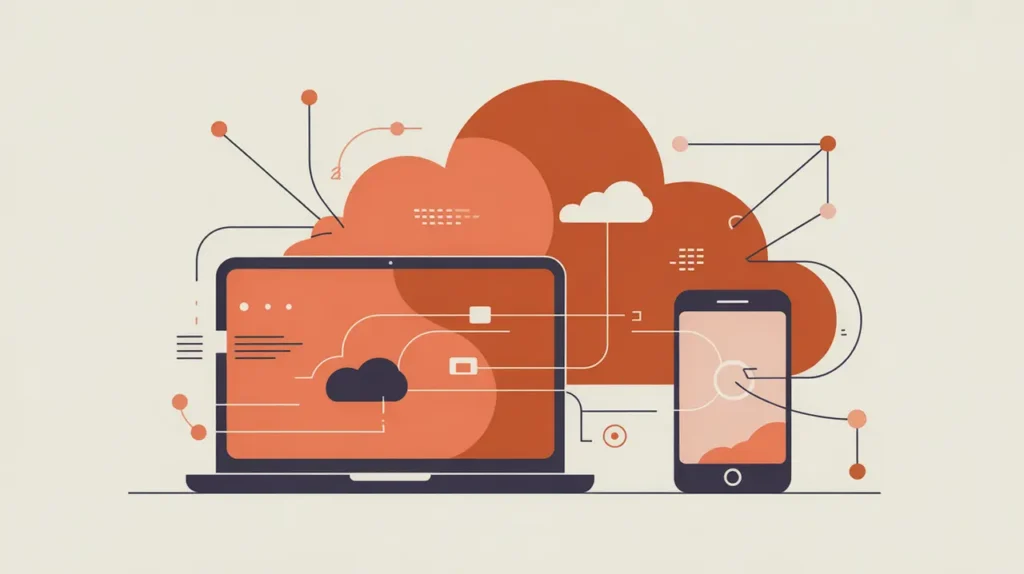Importance of Public Provision
Public provision places governments at the center of delivering essential goods and services. It matters because state-led delivery often represents the most equitable pathway to reach entire populations, especially in areas such as education, health, water, and infrastructure. In development and social innovation, public provision ensures that access is recognized as a right rather than a privilege, with accountability grounded in public institutions.
Definition and Features
Public provision is a delivery model where governments directly fund and operate services for citizens. Its defining features include:
- Universal Mandate – aims to provide services broadly and equitably across populations.
- Public Financing – funded primarily through taxes, subsidies, or public budgets.
- State Accountability – delivery is tied to government responsibility and oversight.
- Infrastructure and Workforce – relies on public institutions, facilities, and employees.
- Redistributive Potential – designed to reduce inequality by ensuring access regardless of ability to pay.
How this Works in Practice
In practice, public provision may take the form of government-run hospitals, free public schools, subsidized housing, or water utilities. It can also extend to large-scale social protection systems, such as pensions or universal health coverage. Challenges include resource constraints, bureaucratic inefficiencies, corruption, and uneven quality across regions. Still, when well-managed, public provision creates foundational systems that private or nonprofit actors alone cannot sustain.
Implications for Social Innovation
Public provision strengthens social innovation by anchoring new approaches in stable, rights-based systems. For practitioners, it offers opportunities to align pilots and partnerships with state systems for scale and sustainability. For funders and policymakers, it reinforces the role of governments as guarantors of equity and legitimacy. Public provision can function as a social contract, affirming that basic services are entitlements and that collective resources can be mobilized for shared benefit.







